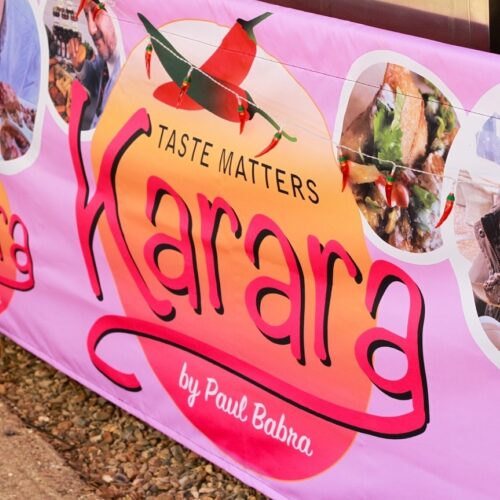
15th March 2024
Karara Blog: Diabetes and Indian Food
What is Diabetes?
Diabetes is a prevalent health condition affecting 4.3million in the UK. It requires careful management of diet and lifestyle choices. When it comes to Indian cuisine, there is a wealth of delicious and nutritious options. Many of these can be beneficial for individuals with diabetes. Traditional Indian food is rich in flavour, spices, and variety, making it a popular choice for many. However, it is essential to be mindful of certain ingredients and cooking methods to ensure that meals can be enjoyed while managing blood sugar effectively.
One of the key components of Indian cuisine is the use of spices. Spices such as turmeric, cumin, coriander, and cinnamon. These spices not only add depth and complexity to dishes but also have anti-inflammatory properties. These are said to help regulate blood sugar levels. For example, turmeric contains curcumin, which has been shown to improve insulin sensitivity and reduce inflammation in the body.
Carbohydrates
When it comes to carbohydrates, Indian food often includes staples like rice, chapati, and lentils. While carbohydrates are an essential part of a balanced diet, it is important for diabetics to monitor their intake. Choosing complex carbohydrates that are high in fibre. Opting for whole grains like brown rice, whole wheat chapati, peas, beans and nuts can help regulate blood sugar levels and provide sustained energy.
In Indian cooking, vegetables are often featured in various dishes. Vegetables such as spinach, cauliflower, and okra are low in calories and high in nutrients. This makes them an excellent choice for individuals with diabetes. Including a variety of colourful vegetables in meals can provide essential vitamins, minerals, and antioxidants that support overall health.
Protein
Protein is another essential component of a diabetic-friendly diet, and Indian cuisine offers a variety of options such as lentils, chickpeas, tofu, and yogurt. Chicken is also rich in nutrients and protein and low in calories. It’s good to maintain a moderate weight in diabetes. Protein helps with this. Protein also helps stabilise blood sugar levels and promotes a feeling of fullness. It reduces the risk of overeating or consuming excessive carbohydrates.
Cooking methods also play a crucial role in making Indian food more diabetes-friendly. Opting for methods like steaming, grilling, or stir-frying instead of deep-frying. This reduces the amount of added fats and calories in dishes. Using healthier cooking oils such as olive oil or avocado oil can also be beneficial.
Indian food can be a flavourful and a nutritious choice for individuals with diabetes. When it is prepared mindfully. By focusing on incorporating a variety of spices, vegetables, whole grains, lean proteins, and healthy cooking methods, individuals can enjoy the diverse and vibrant flavours of Indian cuisine while managing their blood sugar levels effectively.
Remember to consult with a healthcare provider or a registered dietitian to create a personalised meal plan that meets your individual health needs and dietary preferences.
Other posts we think you might like
This website uses cookies to improve your experience.
If you continue using the website, we’ll assume you’re ok with this.




